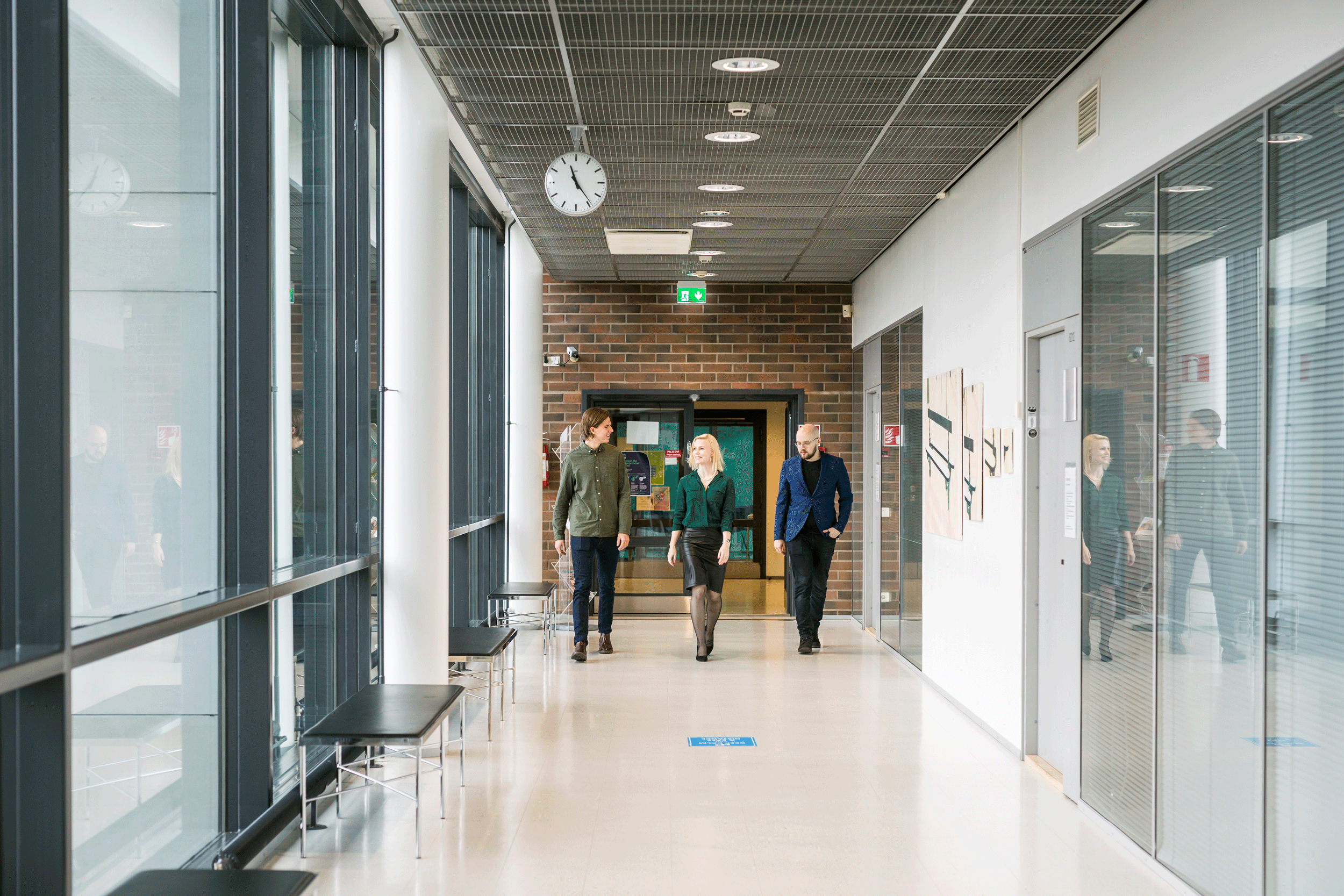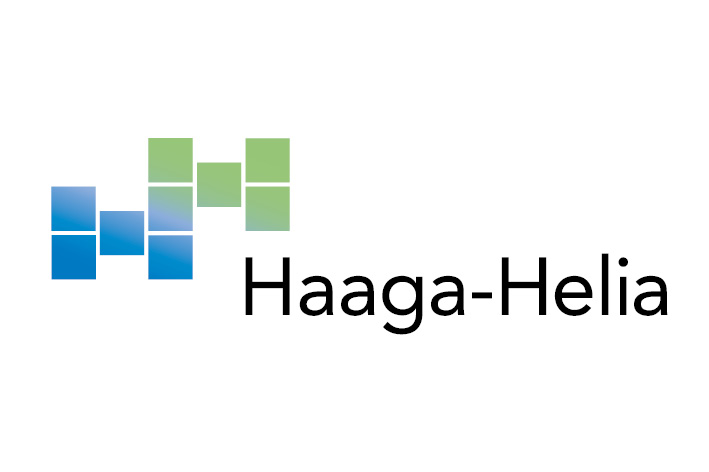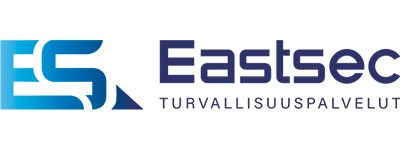
Secapp’s customer afternoon for current education sector clients was held on October 9, 2025, at Haaga-Helia University of Applied Sciences in Helsinki. The event was organized in partnership with Haaga-Helia and Eastsec, who contributed their valuable expertise and practical insights on developing safety practices within educational environments. Eastsec is one of Secapp’s distributors and Haaga-Helia is one of our end customers.
The event brought together professionals responsible for safety in educational institutions, as well as partners, to share experiences and strengthen the joint effort to advance safety culture.
Building a Safety Culture Together
Throughout the event, participants emphasized that a strong safety culture doesn’t emerge on its own. It requires systematic collaboration between multiple stakeholders.
Secapp’s role is to provide those responsible for safety with reliable tools that support communication and action in both everyday operations and emergency situations.
Haaga-Helia Uses Secapp as Part of Everyday Safety Work
Haaga-Helia’s Safety Manager Mia Kivelä shared experiences of using and expanding Secapp in a campus environment. The system is used not only for personnel and area alerts but also as a key communication channel during entrance exams and in case of network disruptions.
At Haaga-Helia, the use of Secapp has expanded gradually, and staff have learned to trust its reliability. Successful implementation, Kivelä noted, requires early involvement from all key parties: IT, management, and security personnel alike.
Haaga-Helia also promotes safety culture in many creative ways. One example is a series of campus safety walk videos, available for all locations. You can watch the Pasila Campus video here.
Leadership in Safety Requires a Chain of Responsibility
Erkki Mäntymaa, Safety Manager at the Jyväskylä Educational Consortium Gradia, highlighted the importance of reviewing the entire chain of command when managing safety.
He noted that the technical implementation of Secapp is only a small part of the whole – the major effort lies in planning, defining responsibilities, and ensuring cooperation between different teams.
Mäntymaa also reminded that no single technology can be relied upon completely; during exceptional situations, multiple communication and alerting methods must be available.
True Safety Comes from People’s Skills and Readiness to Act
Safety experts Harri Salo and Miika Laitinen from Eastsec emphasized the importance of a holistic approach to security. They reminded participants that safety doesn’t come from documents or guidelines – it comes from action, training, and real-world preparedness.
When an Incident Occurs, Staff Must Act Immediately
Entrepreneur Joel Linna from Säppi also shared practical experiences in emergency preparedness. He discussed a comprehensive drill held at Vesanka’s daycare-school, which tested communication and response models in a simulated crisis situation.
One of the key takeaways was that staff must be able to act independently before authorities arrive. With shared tools and clear procedures, communication remains controlled and information reaches the right people quickly.
A Forum for Sharing Experiences and Best Practices
According to participant feedback, the event provided an excellent opportunity to exchange lessons learned and best practices between institutions. It also strengthened the shared commitment to further improve safety culture across educational organizations.
Secapp warmly thanks all participants, speakers and partners for an inspiring afternoon!



Secapp’s customer afternoon for current education sector clients was held on October 9, 2025, at Haaga-Helia University of Applied Sciences in Helsinki. The event was organized in partnership with Haaga-Helia and Eastsec, who contributed their valuable expertise and practical insights on developing safety practices within educational environments. Eastsec is one of Secapp’s distributors and Haaga-Helia is one of our end customers.
The event brought together professionals responsible for safety in educational institutions, as well as partners, to share experiences and strengthen the joint effort to advance safety culture.
Building a Safety Culture Together
Throughout the event, participants emphasized that a strong safety culture doesn’t emerge on its own. It requires systematic collaboration between multiple stakeholders.
Secapp’s role is to provide those responsible for safety with reliable tools that support communication and action in both everyday operations and emergency situations.
Haaga-Helia Uses Secapp as Part of Everyday Safety Work
Haaga-Helia’s Safety Manager Mia Kivelä shared experiences of using and expanding Secapp in a campus environment. The system is used not only for personnel and area alerts but also as a key communication channel during entrance exams and in case of network disruptions.
At Haaga-Helia, the use of Secapp has expanded gradually, and staff have learned to trust its reliability. Successful implementation, Kivelä noted, requires early involvement from all key parties: IT, management, and security personnel alike.
Haaga-Helia also promotes safety culture in many creative ways. One example is a series of campus safety walk videos, available for all locations. You can watch the Pasila Campus video here.
Leadership in Safety Requires a Chain of Responsibility
Erkki Mäntymaa, Safety Manager at the Jyväskylä Educational Consortium Gradia, highlighted the importance of reviewing the entire chain of command when managing safety.
He noted that the technical implementation of Secapp is only a small part of the whole – the major effort lies in planning, defining responsibilities, and ensuring cooperation between different teams.
Mäntymaa also reminded that no single technology can be relied upon completely; during exceptional situations, multiple communication and alerting methods must be available.
True Safety Comes from People’s Skills and Readiness to Act
Safety experts Harri Salo and Miika Laitinen from Eastsec emphasized the importance of a holistic approach to security. They reminded participants that safety doesn’t come from documents or guidelines – it comes from action, training, and real-world preparedness.
When an Incident Occurs, Staff Must Act Immediately
Entrepreneur Joel Linna from Säppi also shared practical experiences in emergency preparedness. He discussed a comprehensive drill held at Vesanka’s daycare-school, which tested communication and response models in a simulated crisis situation.
One of the key takeaways was that staff must be able to act independently before authorities arrive. With shared tools and clear procedures, communication remains controlled and information reaches the right people quickly.
A Forum for Sharing Experiences and Best Practices
According to participant feedback, the event provided an excellent opportunity to exchange lessons learned and best practices between institutions. It also strengthened the shared commitment to further improve safety culture across educational organizations.
Secapp warmly thanks all participants, speakers and partners for an inspiring afternoon!







